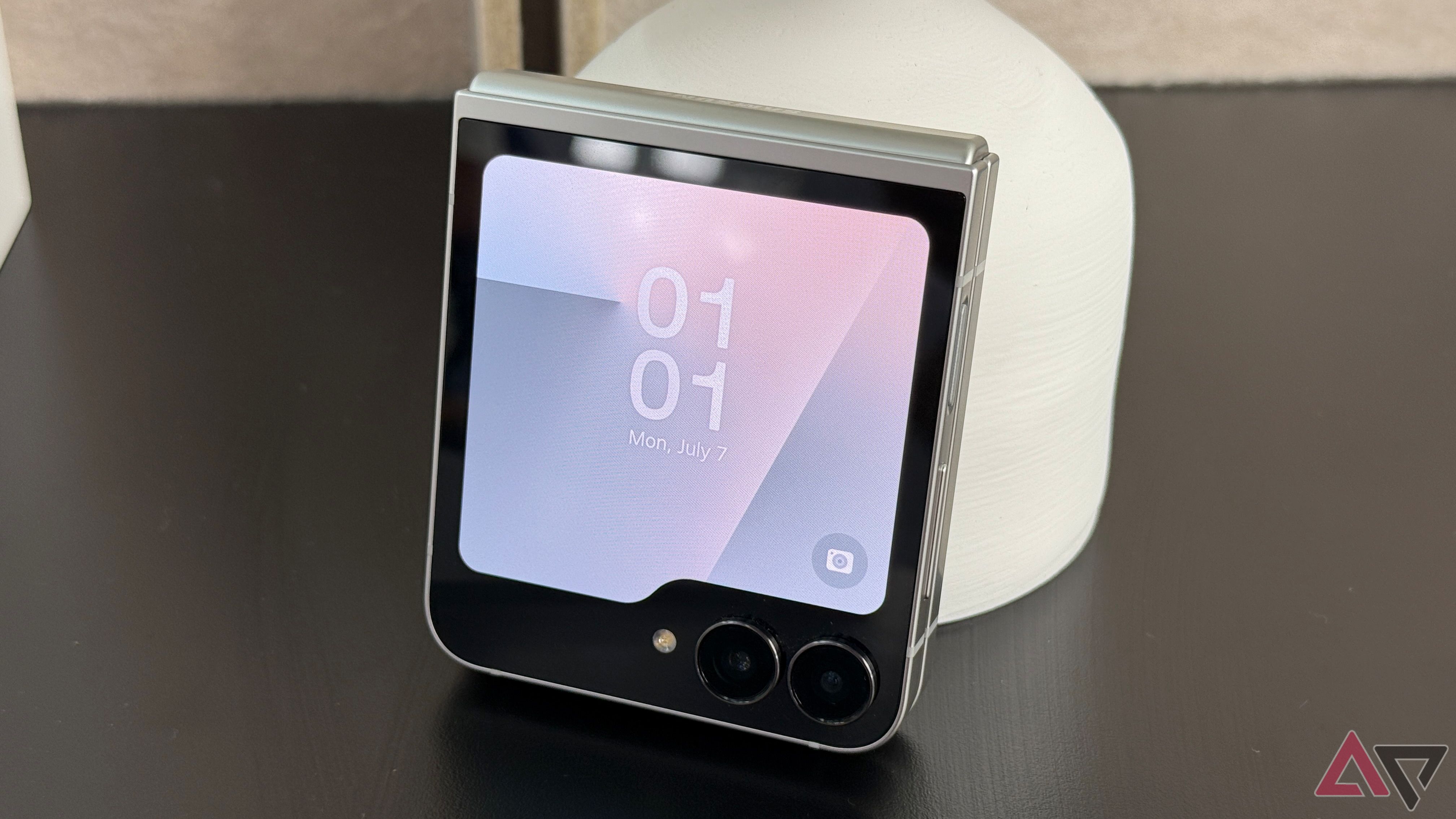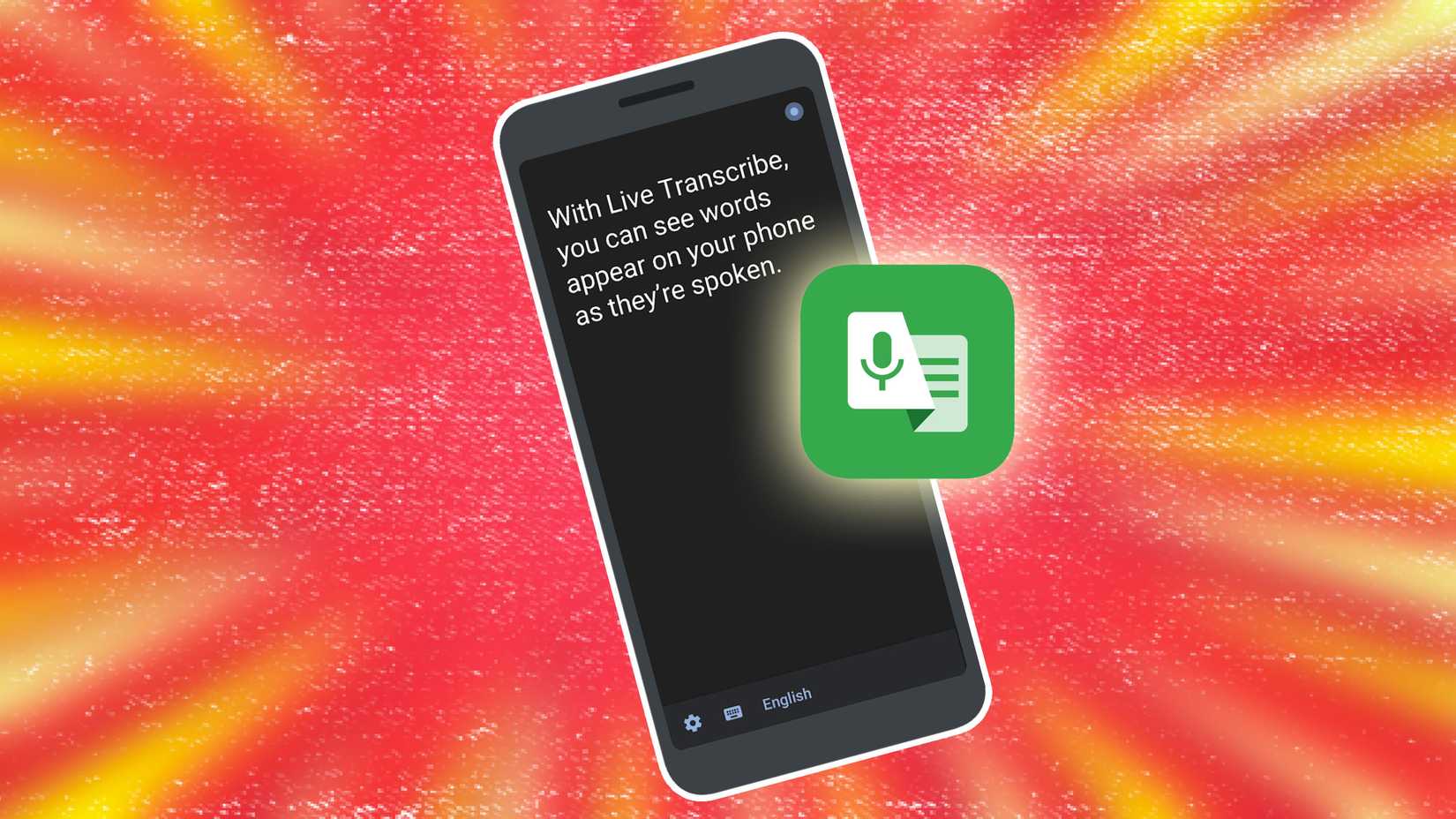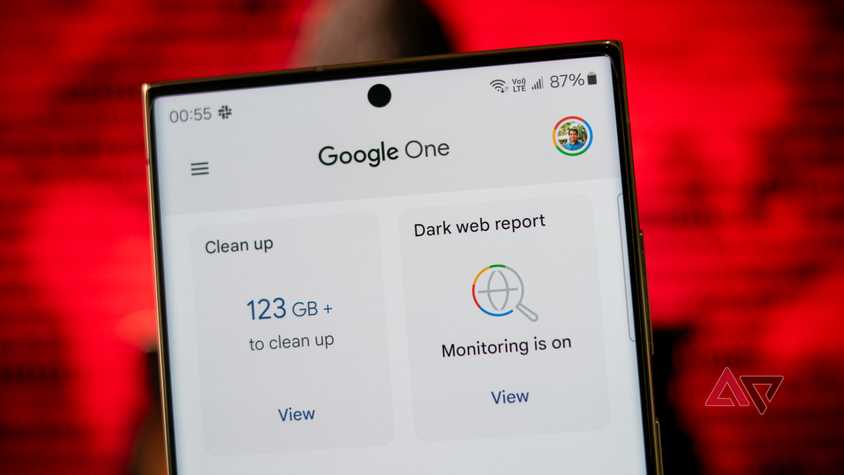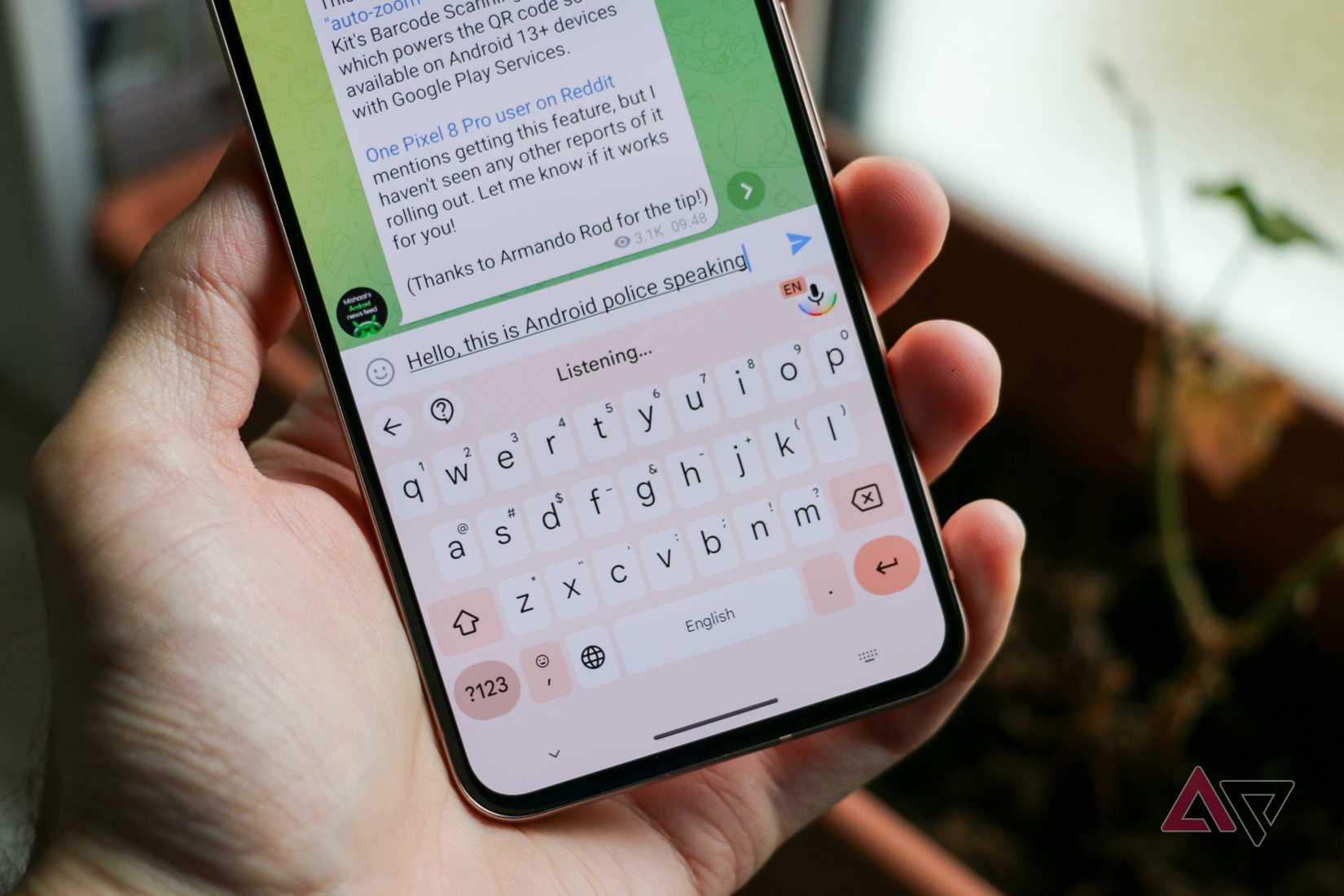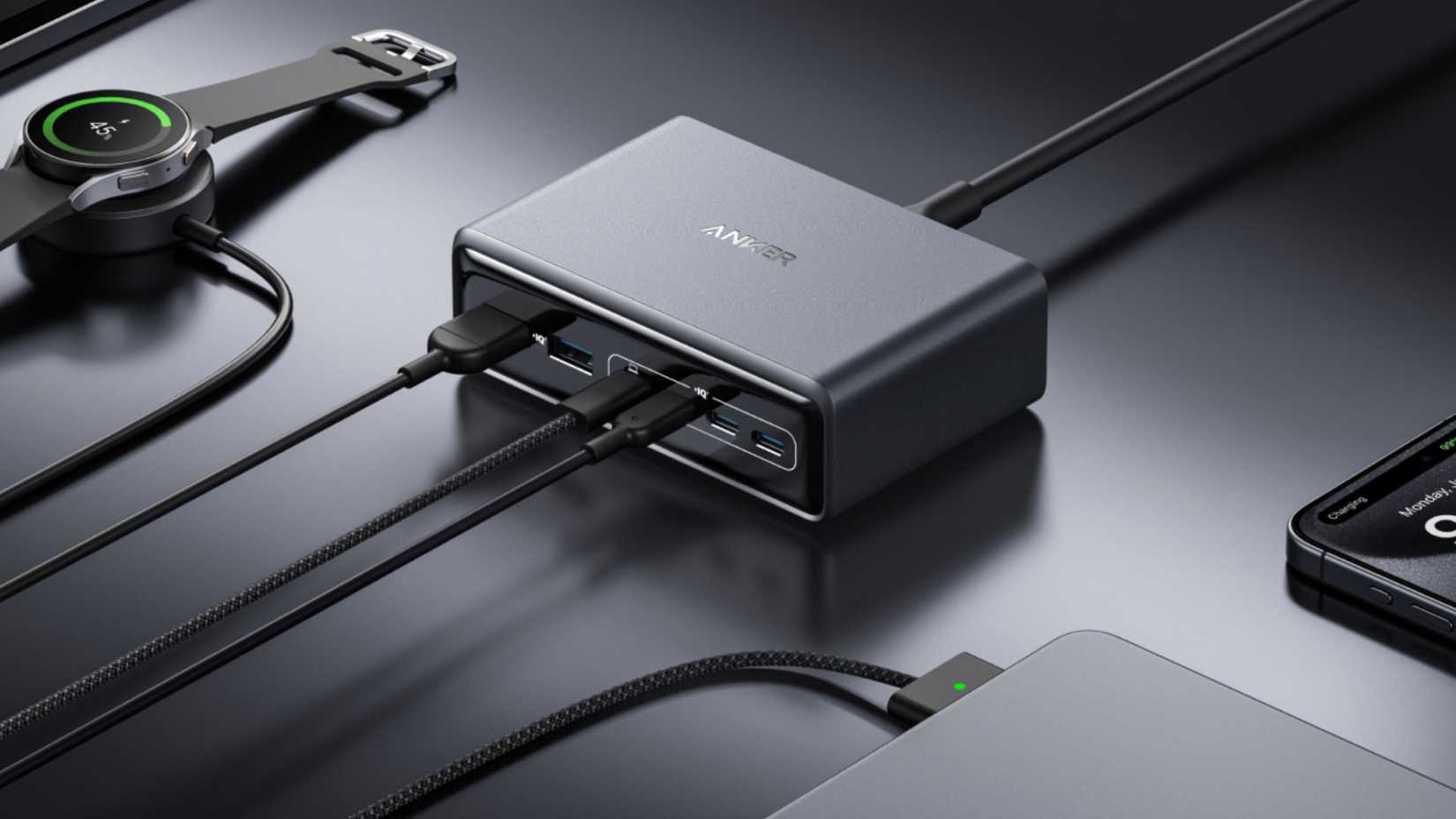We are quickly getting closer to the point where foldable phones can compete with mainstream devices. No longer a nice novelty or an expensive gimmick, the market now includes options such as the Samsung Galaxy Z Flip 7 FE and the Motorola Razr 2025.
When Samsung announced its new foldables of the season earlier this week, it had the opportunity to upend the market with its first Fan Edition foldable. However, the Samsung Galaxy Z Flip 7 FE fell short of expectations while not being cheaper than the competition.
At $899, it was meant to be an affordable entry into the clamshell foldable market, but it ended up being a disappointing rehash of the Samsung Galaxy Z Flip 6 with a weaker processor.
Meanwhile, there’s the Motorola Razr 2025, which is priced at $699, has a fresher design, better specifications, and offers an overall better value, waiting to eat Samsung’s lunch.
Here’s why the Moto Razr is much better than Samsung’s new clamshell foldable.
6
Overpriced and underpowered
The Z Flip 7 FE’s biggest drawback is its price: $899 for 128GB or $959 for 256GB (with only 8GB of RAM across the board), only $200 less than the $1,099 Z Flip 7, which is a genuinely great foldable.
For $899, you get the same hardware as that of 2024’s Z Flip 6: a 6.7-inch 120Hz primary display with a 3.4-inch 60Hz cover screen, a small 4,000mAh battery with 25W wired charging, and the same cameras (50MP main, 12MP ultrawide, 10MP selfie).
There’s only one real difference between the Z Flip 6 and the Z Flip 7 FE, and you’re unlikely to be thrilled by it. The new model swaps the Snapdragon 8 Gen 3 for an Exynos 2400 chipset.
Extensive testing will confirm if this was a bad decision, but if history is any indication, you can expect worse battery life and lower performance with Exynos. Even the RAM has been reduced from 12GB to 8GB.
At the same time, the Motorola Razr 2025 starts at $699 for 256GB — $200 less than the Z Flip 7 FE with double the storage. You can often get last year’s Z Flip 6 for the same $899 price, further undermining the FE’s value.
During festive sales or Black Friday, you might be able to save even more. The 2024 Razr was already available for $499 during this Prime Day.
Samsung’s failure to price the Galaxy Z Flip 7 FE closer to $750 misses the mark for a true budget foldable, making the Razr’s value proposition unbeatable.
5
Outdated cover screen approach
The cover screen is a flip phone’s calling card, but the Samsung Galaxy Z Flip 7 FE’s tiny 3.4-inch 60Hz OLED feels like a relic in comparison.
It’s cramped, sluggish, and limited to widgets unless you sideload Samsung’s Good Lock app to run full apps—a clunky workaround. These inadequacies are not easy to forgive.
If you need to open your phone for almost everything, there’s no point in a foldable. The new Z Flip 7 has done a great job with this.
It might not sound like a big difference, but the Motorola Razr 2025 nails this aspect with an edge-to-edge 3.6-inch AMOLED cover screen that has a much higher 1066 x 1056 resolution, 1700 nits of brightness, and runs at 90Hz.
It natively supports full apps, letting you reply to messages, browse notifications, or watch videos without opening the phone.
This practicality makes the Razr a joy to use folded for quick tasks, a key selling point for clamshells.
The Z Flip 7 FE’s dated cover screen feels like Samsung cutting corners, while Motorola delivers a modern, user-friendly experience.
4
Boring design and color options
Style is a major draw for flip phones, but the Z Flip 7 FE disappoints with only black and white color options. Safe but uninspired.
Its boxy, industrial design with a glossy Gorilla Glass Victus 2 back is sturdy and IP48-rated but smudge-prone and lacks personality. It’s a simple design and lacks the fun color options, such as Mint and Peach, that the Z Flip 6 offered.
A lower price is likely to help capture the attention of younger users, but the overall look of the phone may turn them away.
The Motorola Razr (2025) leans into flair with Spritz Orange, Beach Sand, and a suede-like Koala Grey, evoking nostalgia and fun.
Its aluminum frame and Gorilla Glass Victus cover screen feel premium, and the vegan leather-like texture is unique, grippy, and smudge-resistant.
The Razr’s rounded curves and vibrant aesthetic make it a head-turner, outshining the Z Flip 7 FE’s generic look.
3
Day-to-day usage
The Z Flip 7 FE’s Exynos 2400 (4nm) is a downgrade from the Z Flip 6’s Snapdragon 8 Gen 3 and slower than the Z Flip 7’s Exynos 2500.
While it handles daily tasks and Galaxy AI features like Magic Eraser and Live Translation, it lags in gaming and efficiency. Galaxy S24 users have reported performance issues, raising concerns about its reliability in a foldable form factor.
Features such as Samsung DeX are also omitted on the Z Flip 7 FE, even though the chipset supports it, and cheaper devices like the S24 FE had it.
The Moto Razr 2025’s MediaTek Dimensity 7400X (also 4nm) might not be that well-known, but it is a solid performer for most use cases, spanning light multi-tasking to gaming, while being more efficient.
Its 8GB LPDDR4X RAM and UFS 3.1 storage are slightly slower than Samsung’s 8GB LPDDR5X and UFS 4.0, but the $200 price gap makes this forgivable.
The Razr doesn’t offer DeX-like features, but its focus on core foldable functionality — especially the cover screen — makes it more practical for its price.
2
Classic charging conservatism
Battery life and charging speed are critical for foldables, as they have bigger/more screens and smaller batteries.
The Z Flip 7 FE’s 4,000 mAh battery, paired with the Exynos 2400, means that it struggles to last a full day of heavy usage.
Furthermore, its 25W wired charging and 15W wireless charging feel outdated for a 2025 device.
The Razr (2025) shines with a larger 4,500mAh battery, which consistently outperforms the Z Flip 7 FE in real-world tests, often lasting into a second day with moderate use.
Its 30W wired charging gets you back to full faster, and it matches the FE’s 15W wireless charging.
The Razr’s battery and charging advantages make it a more reliable daily driver, especially for users who value uptime and don’t want to be a wall hugger.
1
Software as a consolation
Samsung’s software is a highlight, with the Z Flip 7 FE shipping on Android 16 and One UI 8, offering Galaxy AI features like Live Translation and Now Brief, plus four years of OS updates (until 2029).
This outlasts the Razr (2025), which runs Android 15 with Motorola’s near-stock UI and three years of updates (until 2028).
However, Motorola’s lighter software feels snappier, and its cover screen’s full app support is a game-changer compared to Samsung’s widget-heavy approach.
So you need to think about what is important to you.
The Samsung Galaxy Z Flip 7 FE is a letdown, recycling the Z Flip 6’s hardware with a weaker Exynos 2400, an outdated cover screen, and a $899 price that’s hard to justify.
The Motorola Razr (2025), at $699, offers a brighter 6.9-inch main display, a 3.6-inch 90Hz cover screen with full app support, a larger 4,500mAh battery, faster 30W charging, and a stylish design.
With 256GB base storage and frequent discounts, the Razr is the budget foldable to beat.
Unless you’re tied to Samsung’s ecosystem, the Motorola Razr 2025 is a better deal and a more enjoyable phone to use.
Moto Razr (2025)
- SoC
-
MediaTek Dimensity 7400X
- RAM
-
8GB
- Storage
-
256GB UFS 2.2
- Battery
-
4500mAh
Motorola’s most affordable Razr gets a glow-up for 2025. With new colors, a more powerful processor, and all sorts of AI tools, this might be the most exciting $700 folding phone you’ve ever seen.


